
Transforming Hospitality: How General Contractors Make Hotel Renovations Seamless and Successful
11 May 2025Breathing New Life Into Old Hotels: The Art of Renovation and Transformation

Imagine stepping into a historic hotel that retains its charming vintage character but feels fresh, vibrant, and modern. Renovating an old hotel isn’t just about sprucing things up — it’s about preserving character while upgrading comfort, safety, and functionality. Whether you’re an investor, hotel owner, or designer, understanding the nuances of old hotel renovation can turn a faded relic into a profitable, beloved destination.
Let’s explore the ins and outs of refurbishing an aging hotel, from initial planning and design to construction and final touches. Along the way, I will share key tips, trends, and real-world examples that will inspire you to take your project from concept to stunning reality.
Why Renovate Old Hotels? Benefits and Challenges
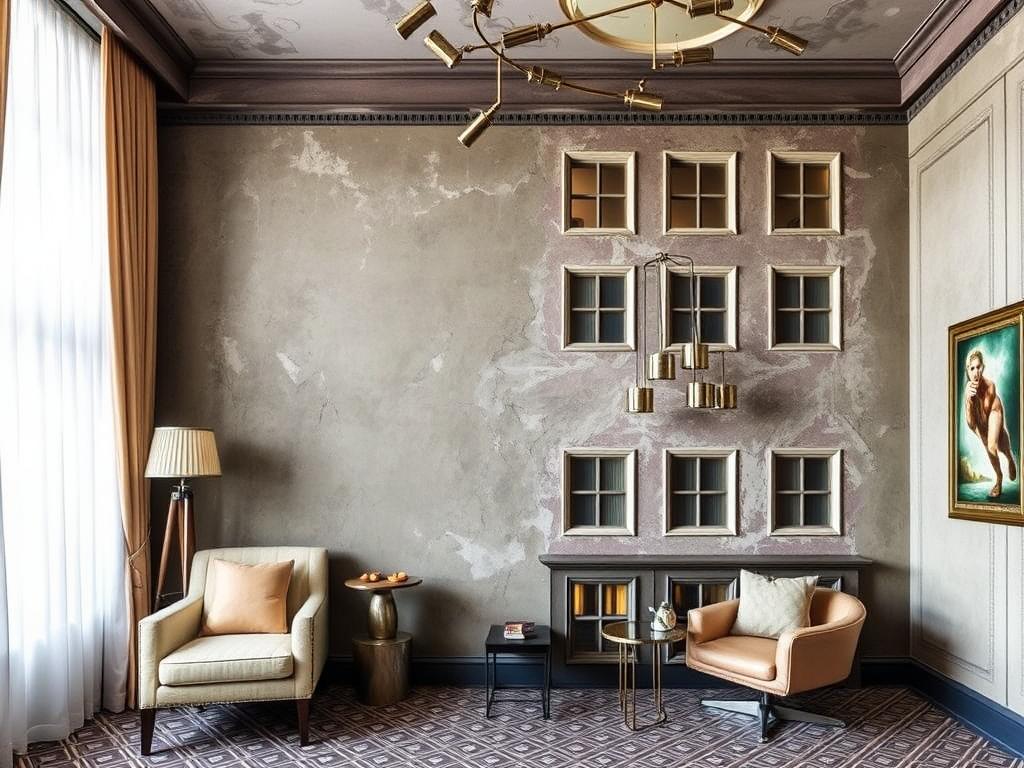
Renovation of an old hotel opens up a lot of unique opportunities. First of all, it allows you to leverage the existing structure — saving costs compared to building from scratch. What’s more, historic buildings often have an undeniable charm that modern constructions lack, making them highly attractive to certain travelers who seek authentic experiences.
However, tackling an old hotel isn’t without its challenges. The building may have outdated electrical, plumbing, or HVAC systems that need total overhaul. Structural issues, like weakened foundations or outdated materials, can also be a concern. Adding to that, there are often strict regulations around preserving historical elements that you must comply with, which can influence your renovation plans.
Despite these hurdles, a well-executed renovation can increase the property’s value, attract a new demographic of guests, and contribute to local heritage preservation. Plus, it’s a chance to incorporate sustainability through eco-friendly upgrades, making the hotel more appealing in today’s eco-conscious market.
Planning Your Old Hotel Renovation: Steps to Success
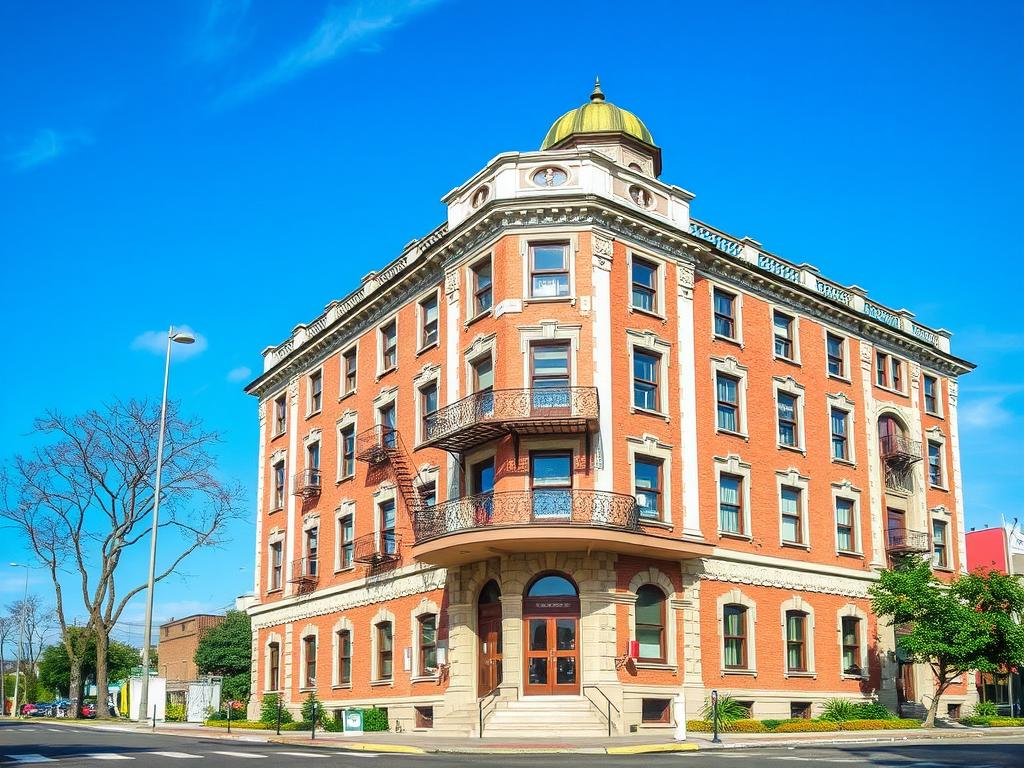
Before diving into construction, thorough planning is essential. This phase sets the foundation for a smooth renovation process, saving time and money in the long run.
1. Conduct a Detailed Inspection
Start with a complete assessment of the building’s current state — structural integrity, electrical wiring, plumbing, roofing, and facade. Hire specialists like structural engineers, architects, and heritage consultants if the building is listed or historically protected. Their insights will help determine what can be preserved and what needs replacement.
2. Define Your Goals

Clearly identify what you want to achieve with the renovation. Are you aiming to modernize guest rooms, restore historic features, or increase capacity? Do you plan to upgrade amenities or add new services? Setting concrete goals will guide your design and budget.
3. Design Thoughtfully
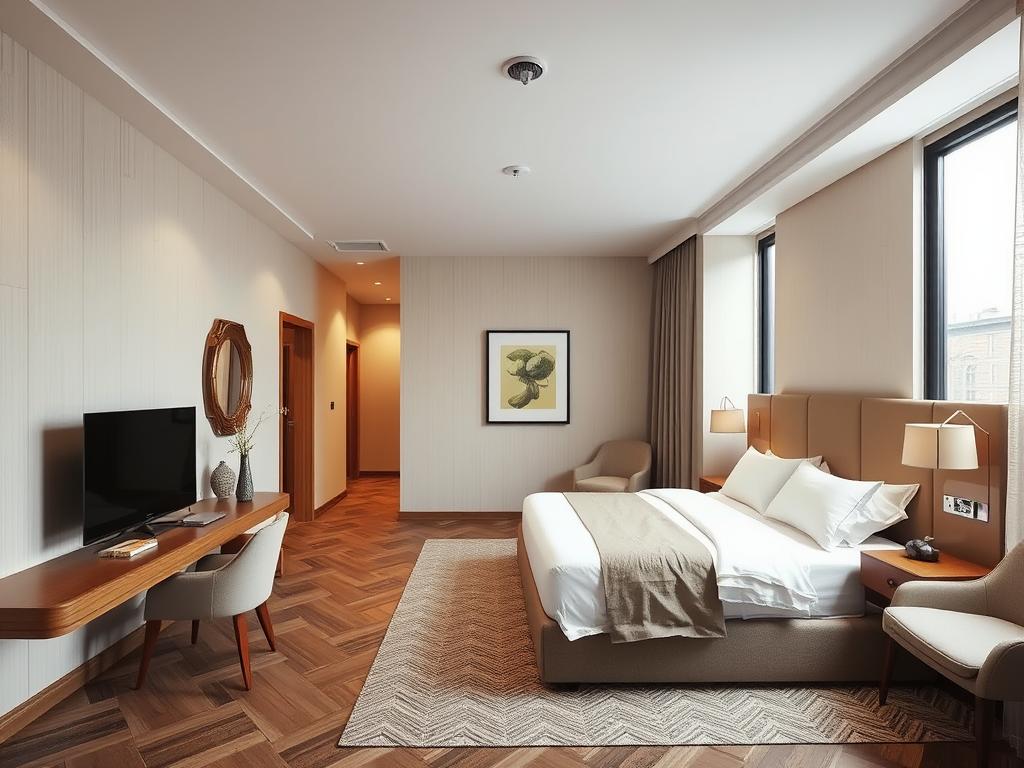
Work with experienced designers who understand the balance between preserving historical charm and introducing modern comforts. Incorporate high-quality materials, eco-friendly solutions, and innovative layouts to appeal to today’s travelers.
Modern Trends in Old Hotel Renovation

The renovation market has seen some eye-catching trends that blend preservation passions with modern innovation. Here are some of the most popular:
| Trend | Description | Example |
|---|---|---|
| Heritage Preservation | Restoring original architectural features like facades, moldings, and fixtures. | Restoration of Victorian-era hotel facades with period-appropriate materials. |
| Sustainable Upgrades | Using eco-friendly materials, LED lighting, solar panels, and energy-efficient HVAC systems. | Old hotel conversion with solar roof panels, low-flow water fixtures. |
| Smart Technologies | Implementing smart room controls, advanced security systems, and Wi-Fi tech. | Installing automated lighting, keyless entry, and voice-controlled amenities. |
| Unique Interior Design | Blending vintage charm with modern decor, creating Instagram-worthy spaces. | Combining antique furniture with minimalist Scandinavian design. |
Construction and Renovation Process

Transforming an old hotel from a faded structure into a thriving business involves meticulous coordination among contractors, designers, and suppliers. Here’s a general overview of the renovation process:
- Securing Permits and Approvals: Navigate local regulations, especially if working on historic buildings. You might need special permits or adhere to preservation standards.
- Structural Work: Reinforce foundations, replace outdated support beams, or fix roof issues. Structural integrity is key to safety and longevity.
- Mechanical and Electrical Upgrades: Modernize systems to meet current safety and efficiency standards, including fire alarms, wiring, and plumbing.
- Interior Renovation: Refinish walls, install new flooring, upgrade guest rooms, and common areas. Focus on creating harmonious spaces that reflect the hotel’s character.
- Exterior Restoration: Repair facades, restore historic features, and improve landscaping to boost curb appeal.
- Final Touches: Furnishings, artwork, signage, and technology installations put the finishing touch on your renovated property.
Cost Considerations and Budgeting
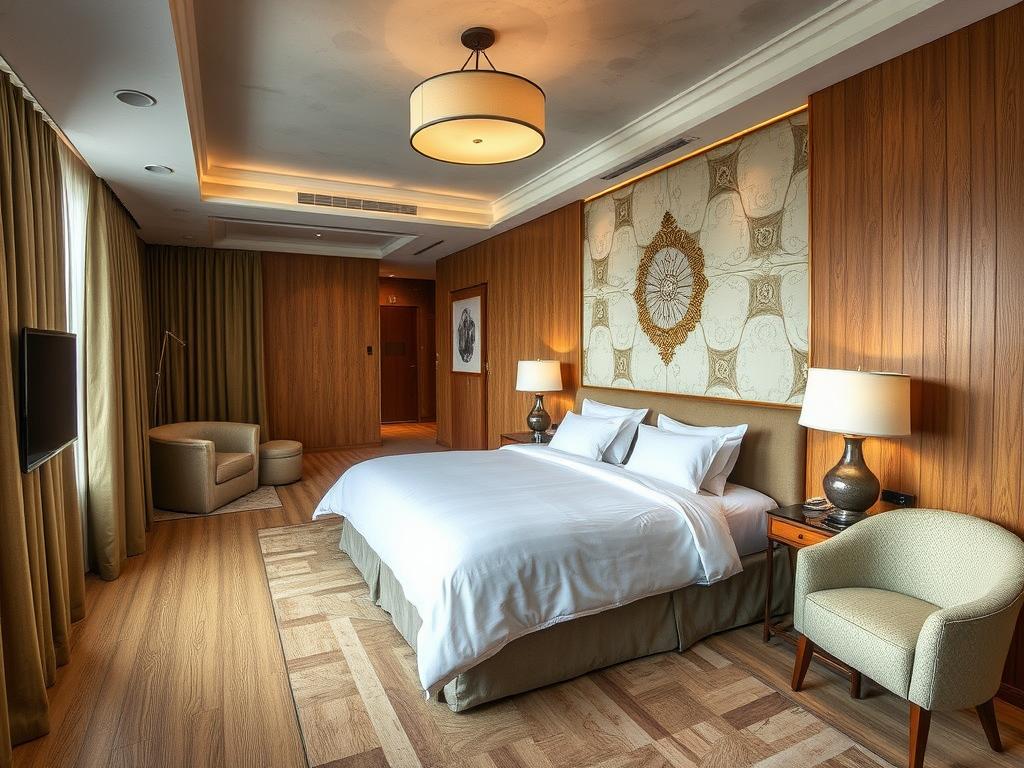
Renovation costs can vary significantly based on the building’s size, condition, and scope of work. An old hotel renovation requires a well-planned budget that considers:
– Structural repairs
– Permits and heritage approvals
– High-quality materials
– Modern appliances and tech
– Interior furnishings and decor
– Contingency funds for unexpected issues
Create a detailed budget estimation early on and prioritize investments that will provide maximum ROI. Sometimes, a phased renovation approach can help keep costs manageable and reduce operational disruption.
Concluding Thoughts
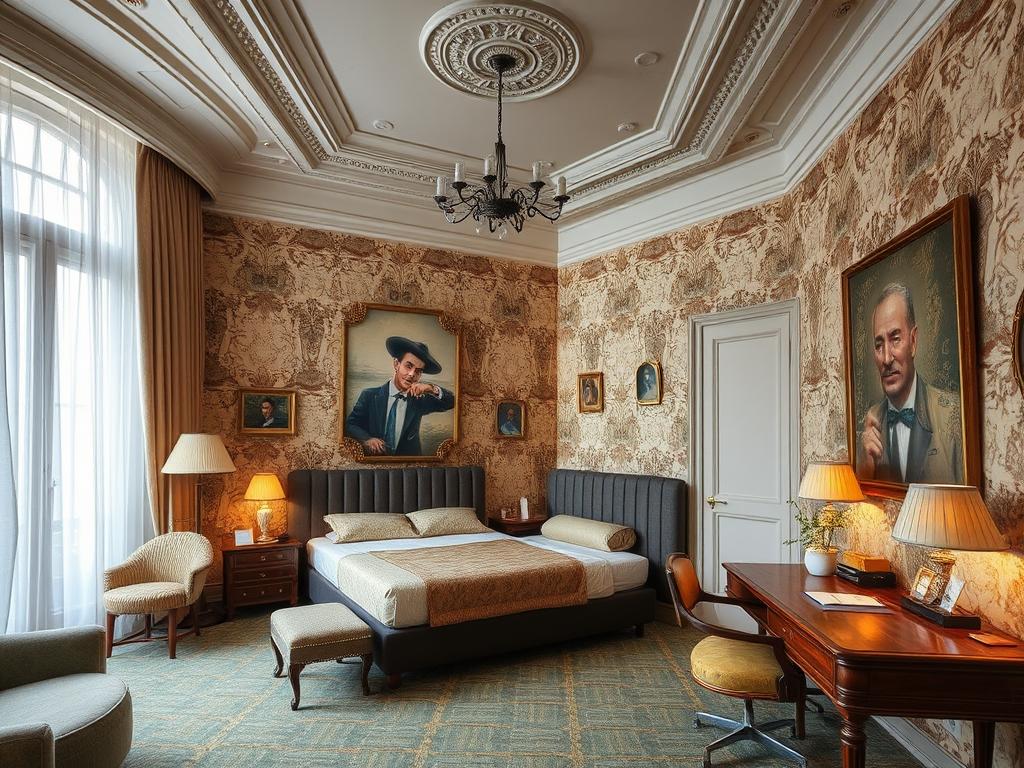
Renovating old hotels is a balancing act — combining respect for history with the demands of modern hospitality. It’s a rewarding challenge that can transform tired, forgotten buildings into lively landmarks, drawing new guests while preserving the cultural fabric of the locale. With careful planning, a clear vision, and the right team, your old hotel renovation can be a stunning success, combining timeless charm with contemporary comfort.
Remember, each project is unique, and the road from concept to completion demands patience and flexibility. But the result — a beautifully restored hotel that tells its story while offering top-tier amenities — is worth every effort.
#OldHotelRenovation #HotelRestoration #HospitalityDesign #HistoricBuildingRevival #SustainableRenovation #HotelMakeover #TourismDevelopment #ReviveAndTransform

